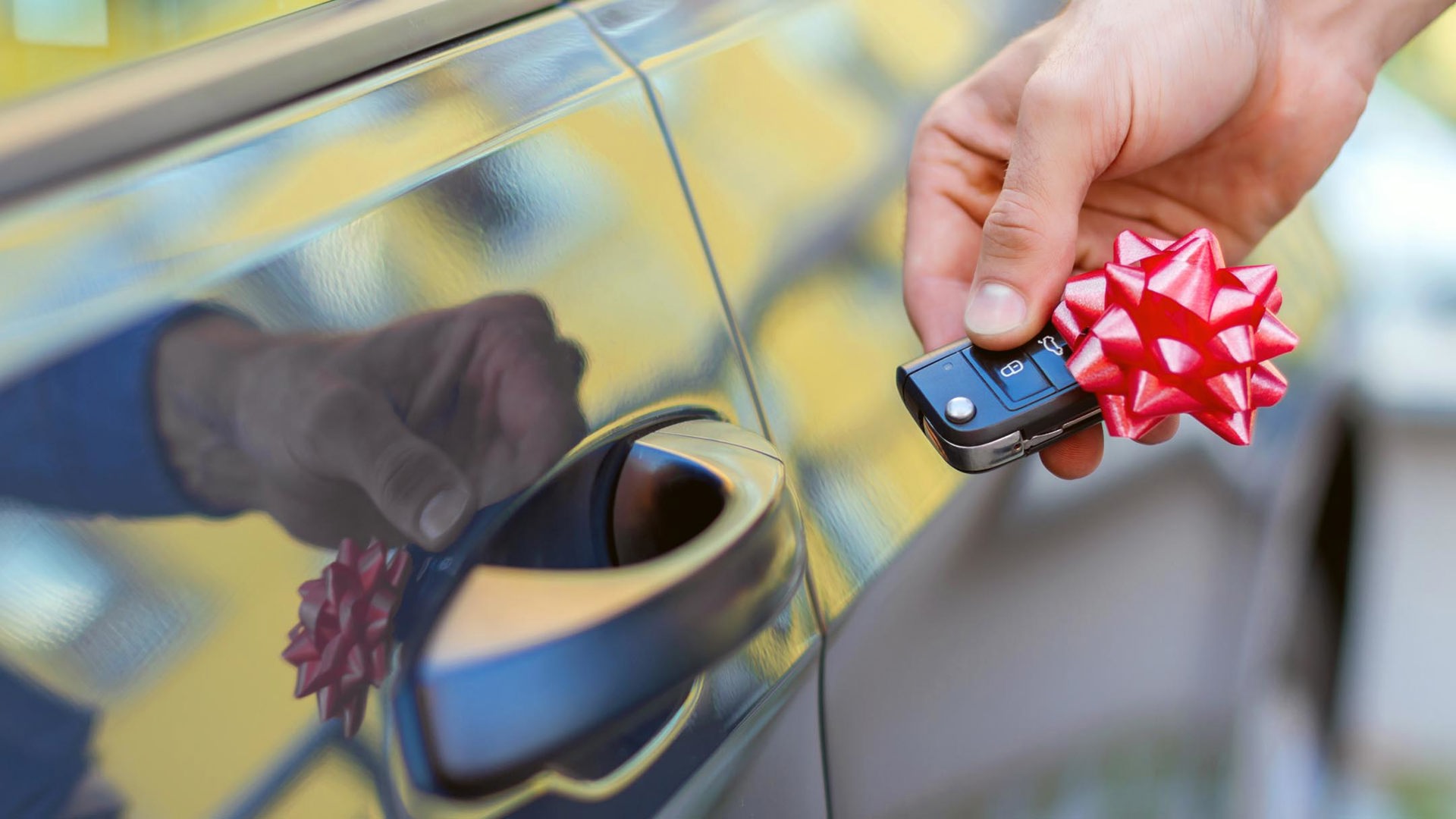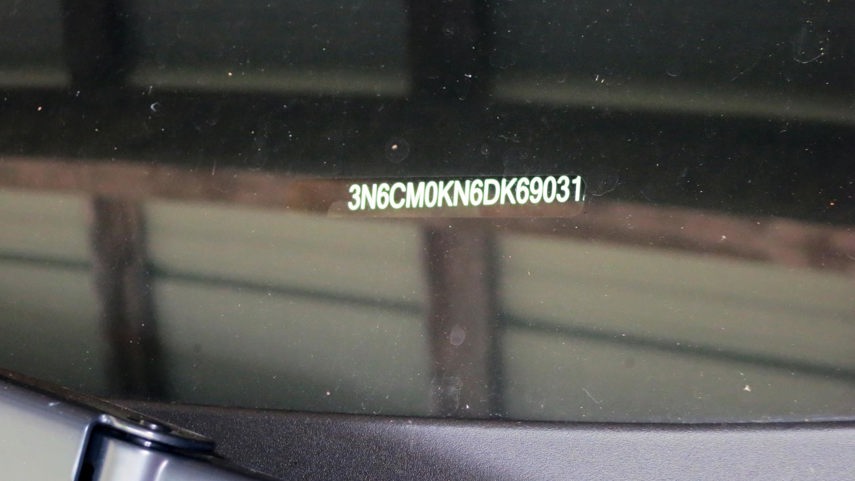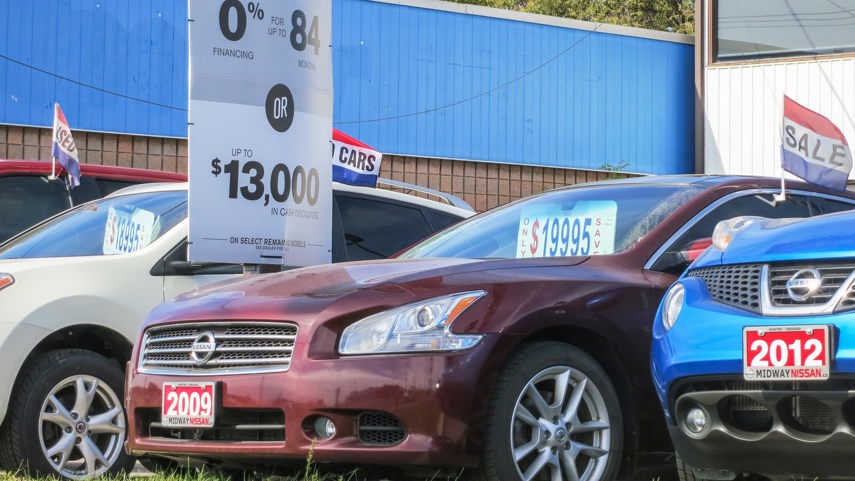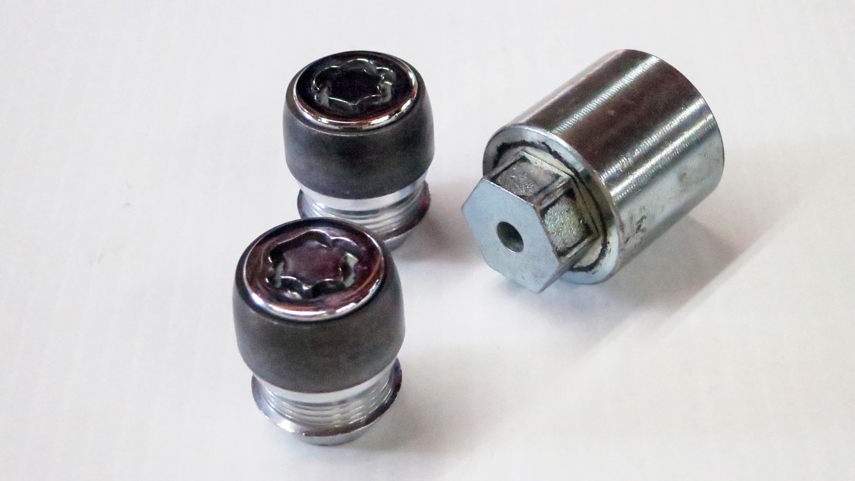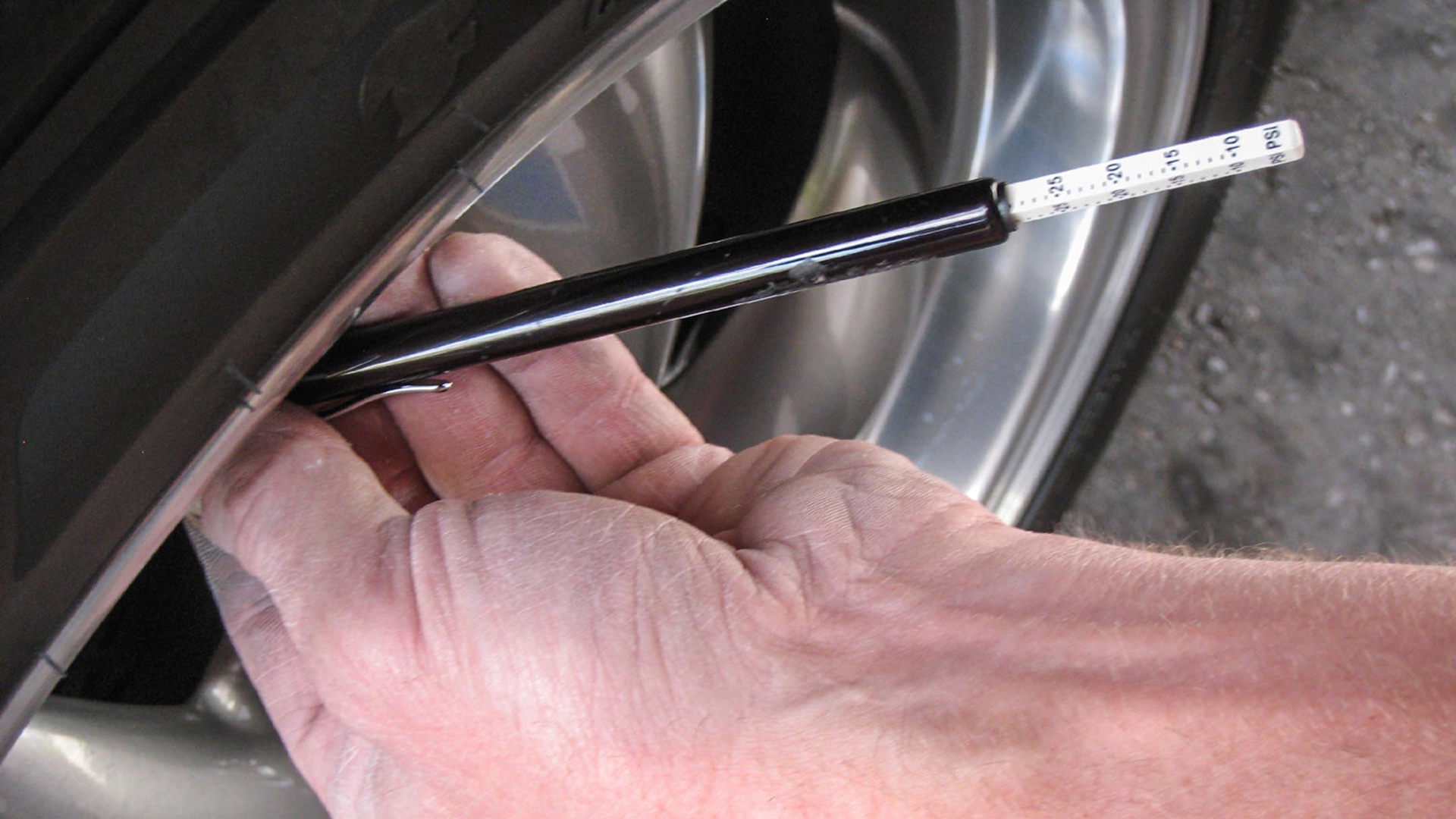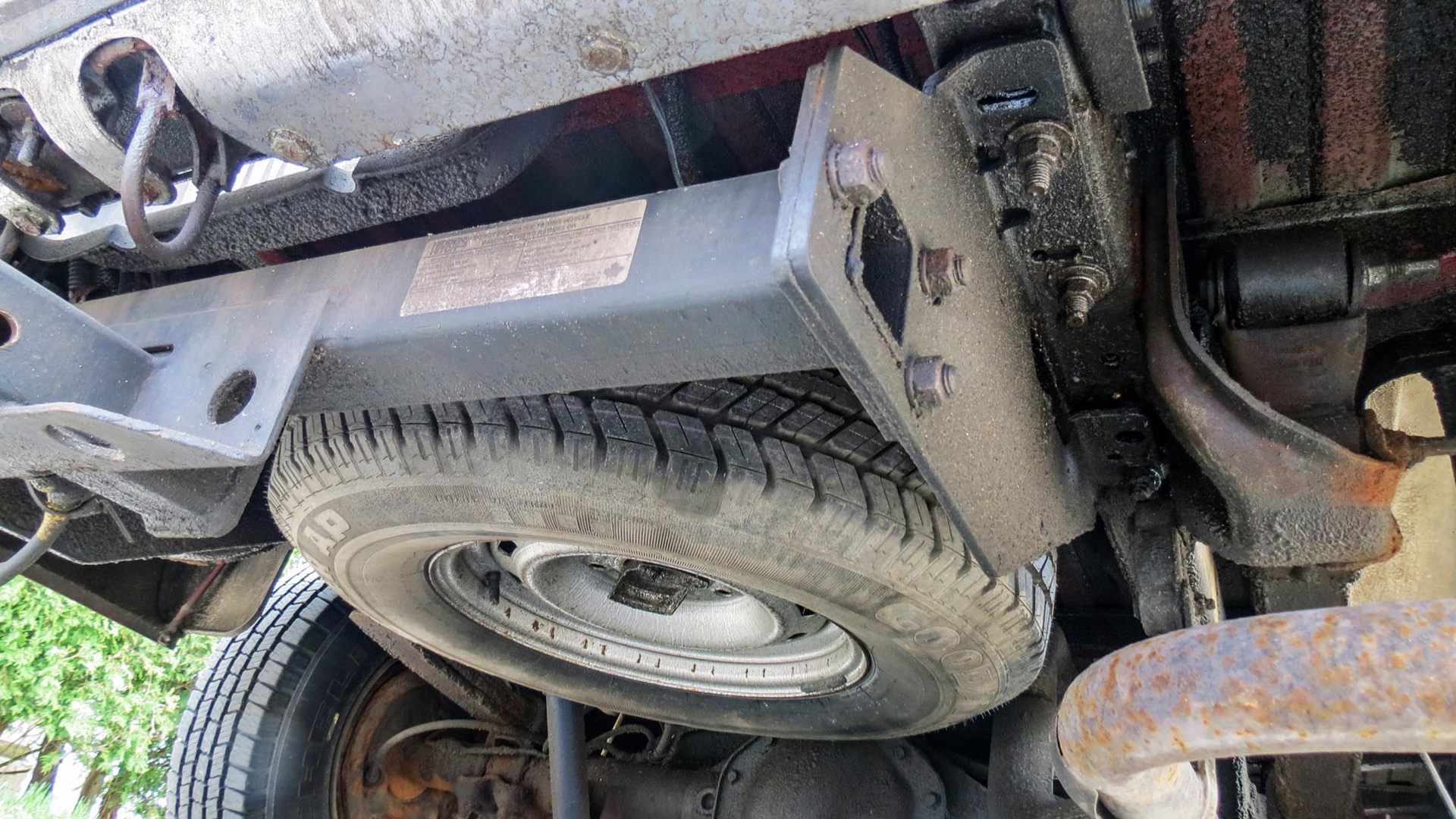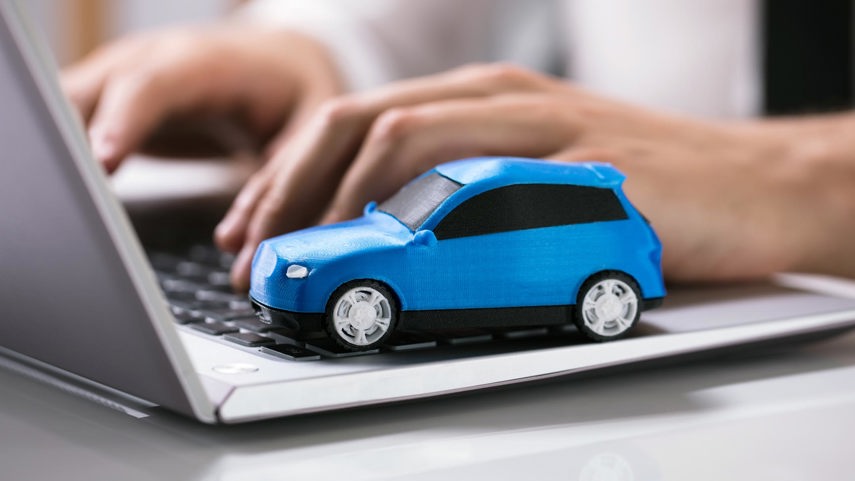Whether it’s brand-new or new-to-you, it’s always a big deal to bring home a new vehicle. But there are a few things you should do to get it ready to share its time with you.
Here is a checklist that can help improve your ownership experience. Some might not seem that important right now, but they could be important down the road.
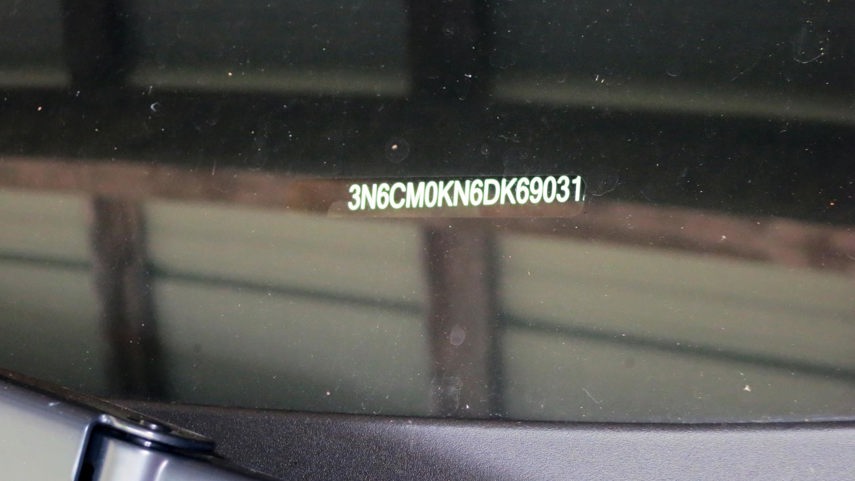
Double-Check the Numbers
Whether it’s new or used, jot down the vehicle information number (VIN) directly from the car. It’s the 17-digit number visible through the windshield on the driver’s side of the dash. Check it against all the paperwork, including the ownership, insurance documents, and bill of sale. It’s a complicated number, and while it’s very rare, there are instances of it being transcribed incorrectly.
Register With the Automaker When You Buy a Used Vehicle
When you register with an automaker, any safety recalls will be mailed directly to you. You can often do this online from the automaker’s website. You’ll need the VIN to do this. At the same time, see if there are any outstanding recalls on your vehicle. The manufacturer can tell you or a local dealer for that brand will be able to look it up.
Whether your car’s new or used, if you move, be sure to update your address with the automaker, which actually sends the recalls. Changing it at your dealer only affects any mail you get from them.
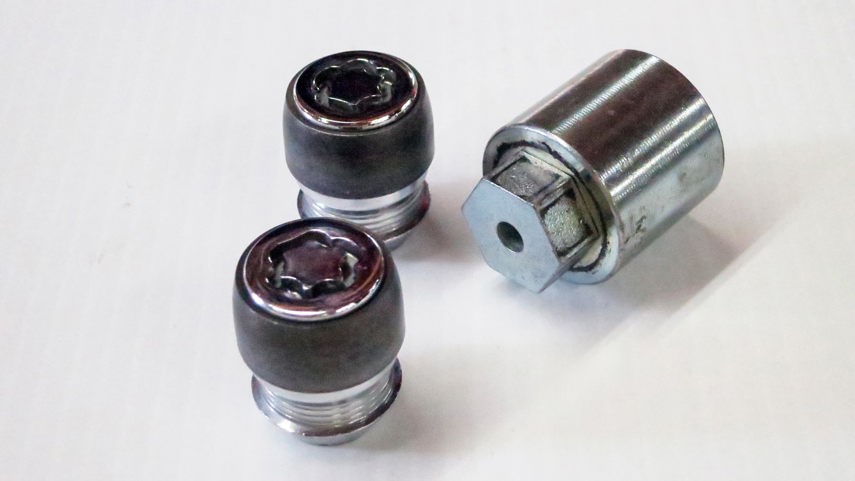
Find Your Wheel-Lock Key
Many alloy wheels have an anti-theft nut on them, known as a wheel lock. It doesn’t actually lock onto the wheel, but to remove it, you need a specialized socket called the wheel-lock wrench or key. Make sure it comes with your vehicle, and then store it in your glove box. Technicians can’t service your brakes or change your tires if your wheel-lock key is sitting at home in your garage.
Out With the Old, in With the New
If the last owner didn’t do so, clean out the old phone contacts. If it has a navigation system, don’t set the “Home” button to your actual address. Instead, pick a landmark a couple of blocks away. You’ll still find your way back from unfamiliar locations, but if someone steals your car with your key ring in it, it won’t lead them directly to a front door they can now open.
Lean on Liens
Checking for any liens is something you should have done before buying a used car, but it’s important enough to mention it here. How to do it depends on your province, and you can find information through the Government of Canada’s website. A vehicle can have more than one lien on it, so always check even if you were shown a paid-in-full receipt. If there is a loan against it, and the previous owner misses those payments, the vehicle could be seized from you to cover it.
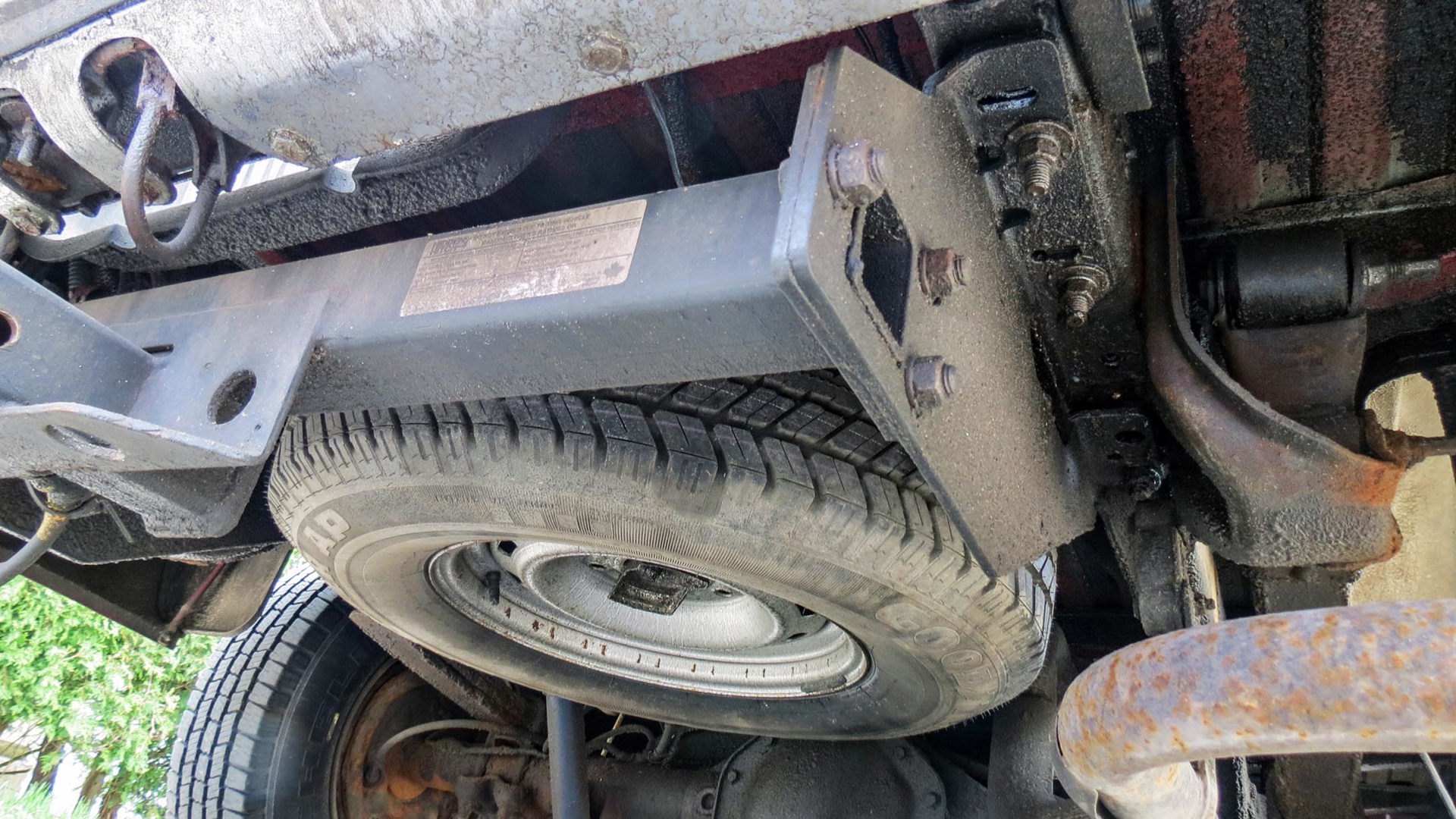
Get It Ready for the Road
Whether new or used, check the tire pressure. Most vehicles have at least one tire that’s below the recommendation, and that wastes fuel and can be unsafe. Consider having the car rustproofed or oil-sprayed, which is your best insurance against expensive rust repairs down the road. Do some simple maintenance on a used vehicle, such as changing the cabin air filter (instructions should be in the owner’s manual); oiling the hinges if they squeak or don’t move smoothly; and cleaning the hidden areas in the trunk or cargo compartment, and under the seats. On a pickup truck, grease the cable that holds the spare tire under the bed, so it doesn’t corrode or seize.
Know What’s Been Done
When you’re taking delivery of a used vehicle, get copies of the service records. (You should ask to see these whenever you shop for a used car, so you’ll know if someone’s looked after it properly.) Check these records when you need a repair, in case it’s a part that was replaced shortly before you got it and may still be covered under a warranty.
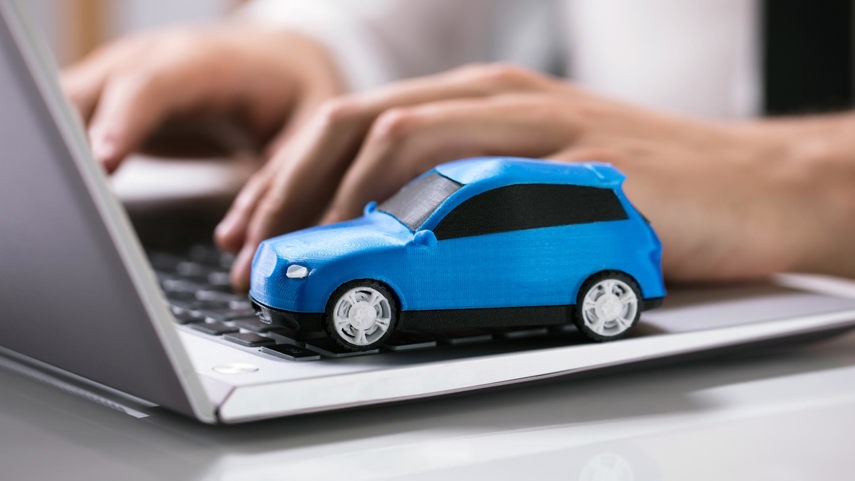
Determine the Value
While most insurance claims provide a fair price when a vehicle is damaged or stolen, yours might be worth a little more – maybe it’s in exceptionally good condition for its age, or it’s been modified with add-ons. It may be worthwhile to have it appraised. You’ll pay a bit more for your insurance, but you’ll be happier if you need to collect on it. Before you do, though, check to see if your insurer is willing, and if it will accept your appraiser – not all are considered sufficiently professional.
Read the Owner’s Manual
It’s the most boring book you’ll ever open, but you should at least read the highlights. You may find features you didn’t realize were there, or how to dig deep into the infotainment system to get the most out of it. Even if you’ve traded in your old car for a newer version of the same model, the manual might alert you to features that have changed.
Smile for the Camera
Park your new or new-to-you vehicle in front of a nice background, and then get someone to take photos of you and your ride. Many people have prized photos of long-gone ancestors, standing proudly beside their Ford Model T or ’55 Chevy. It might be just daily transportation to you, but one day, someone’s going to love that picture of you and your car just as much.
